China Clay Home: The area around St Austell has always held a fascination for me, but I have never had the chance to explore. In recent years I have made a few contacts and I have had the chance to wander the vast wasteland of pits and dumps.
The following pages mainly contain images taken on private land. All my visits have been arranged through the proper channels. Health and Safety Rules being observed at all times.
My thanks go to Huw Eriksson for all the weekends he gave up for me in 2016 and the fun we had. Also to Matt Cheeseman for arranging a very interesting afternoon for me and Tracy.

The skyline around St Austell is dominated by the huge peaks of the famous Sky Tips. These are known as the Cornish Alps, they are the visible remains of the vast Kaolin deposits that were initially exploited in the early C19th. These man made mountains are the remains of the processing cycle. This produced five tonnes of waste containing mainly quartz and sand to every tonne, of refined China Clay. In the following years the business boomed with many pits employing seven thousands workers. The production average was 65,000 tonnes of China Clay (Kaolin) every year.

China Clay was mined by spraying the walls of the pits with high pressure water hoses. This is, a technique which is still used today. By the early C20th Cornwall was producing approximately 1 million tonnes every year. This was around half of the world’s China Clay requirements. Exports went all over the world from harbours such as Charlestown.

Today Imerys, who purchased English China Clay in 1999 still operate in several pits employing around 2000 staff. The UK is still the world’s third largest producer after the USA and Brazil. In the modern world Kaolin still has a wide variety of uses in: Paints, Rubber, Plastics, Sealants, Animal Feed and in the Pharmaceutical industry. The waste products are now used in concrete,building blocks and aggregate materials.

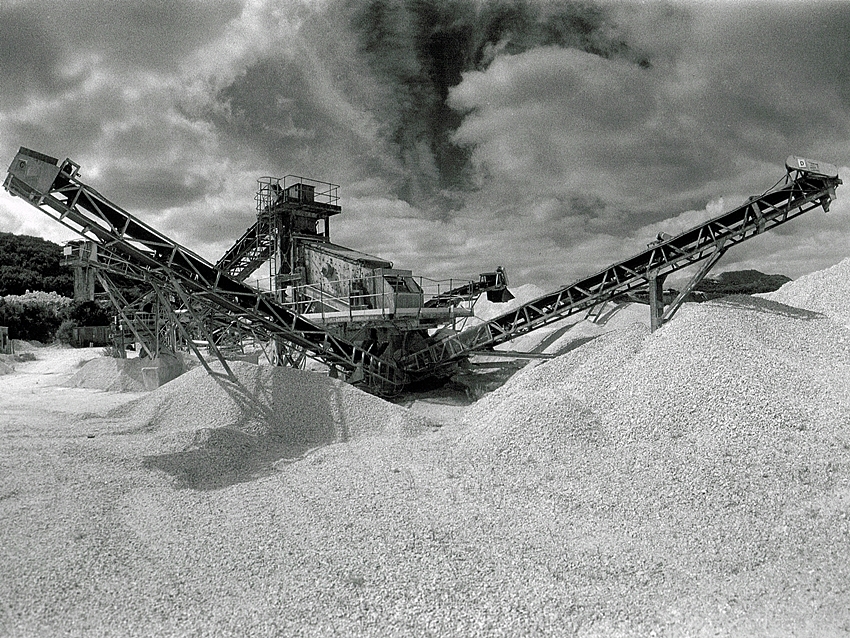
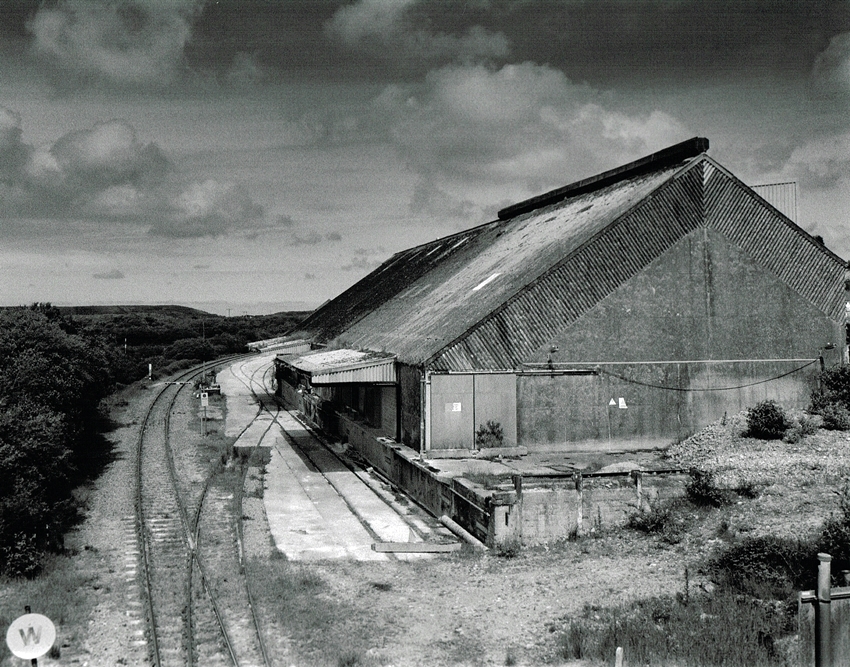
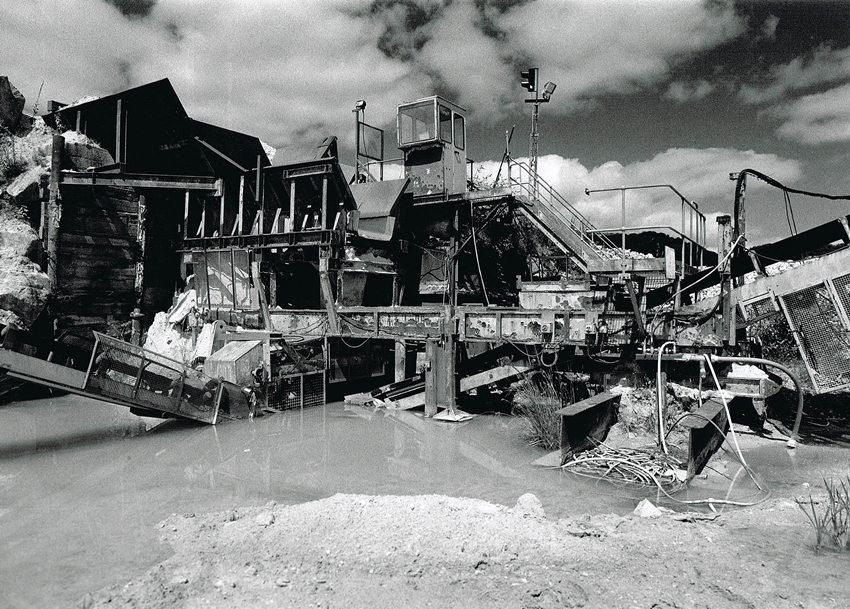
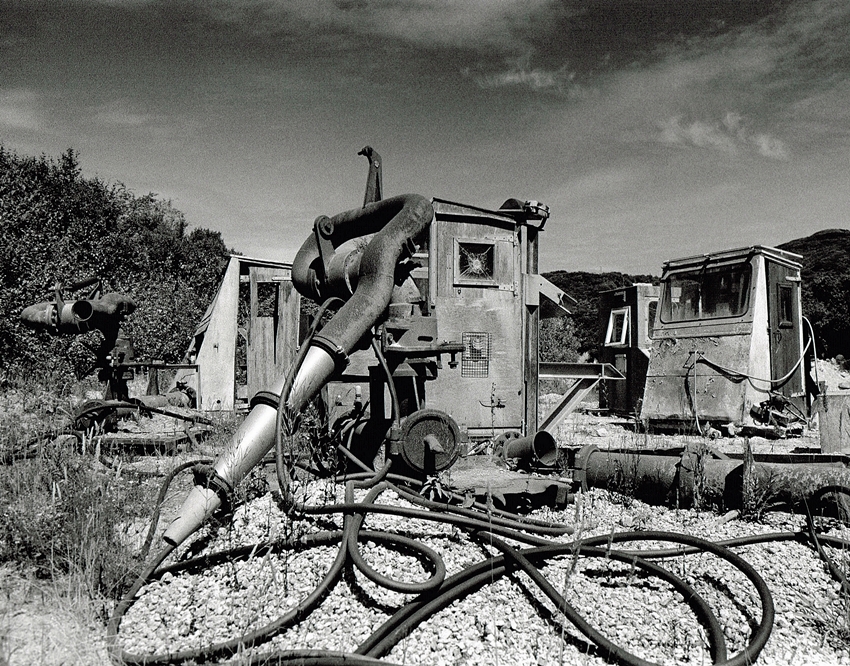
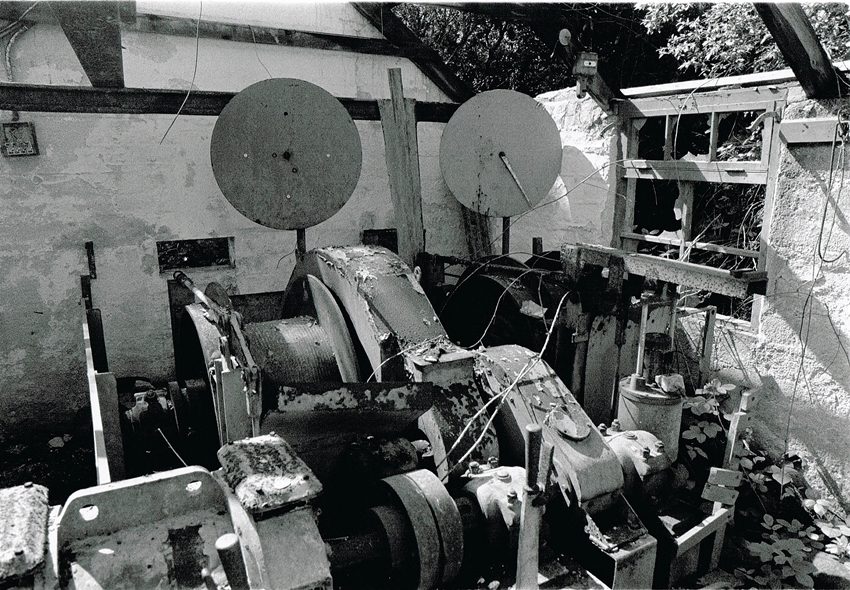
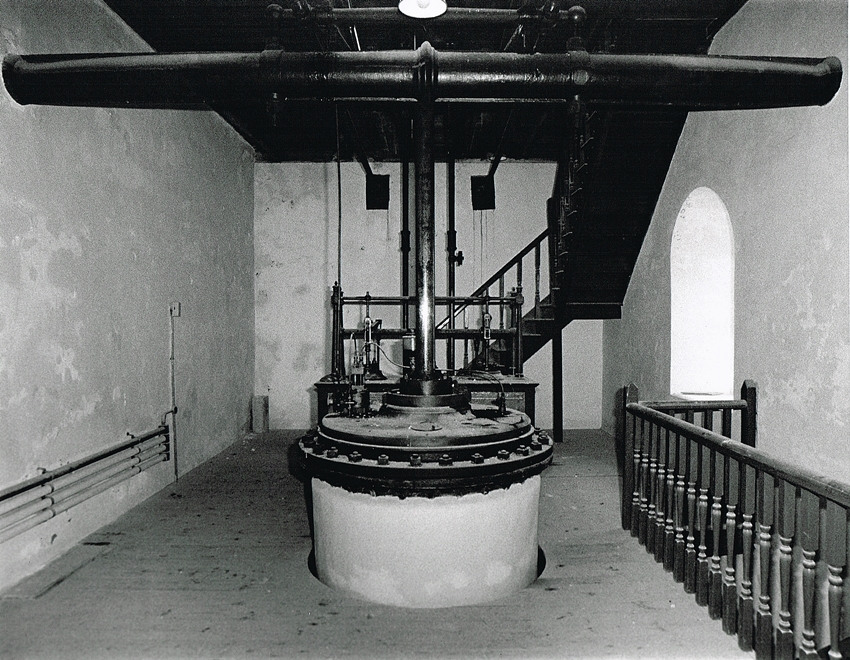
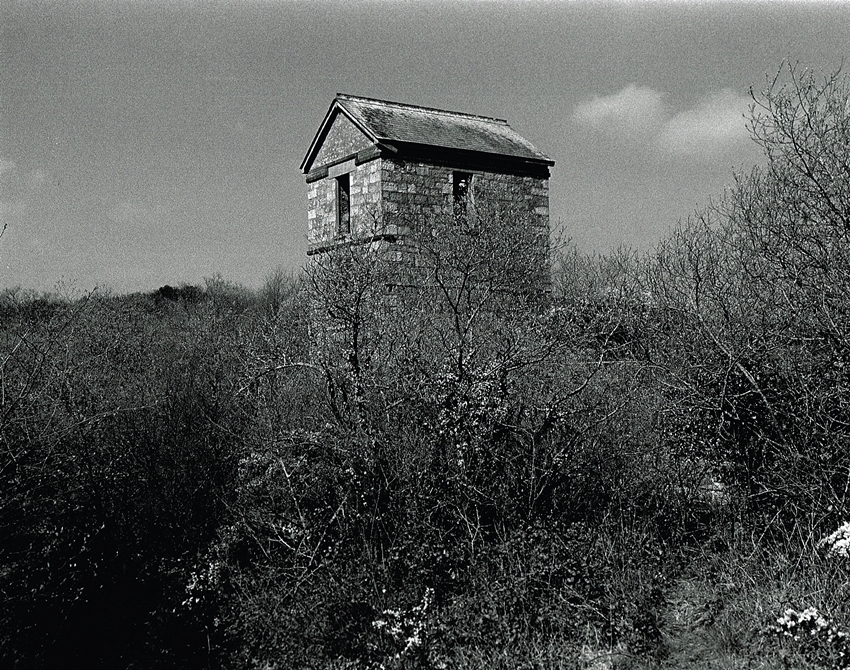
I had a great time around the China Clay Pits. The whole area is a treasure trove of old buildings and pits. I am currently trying to negotiate access to many other sites.
These sites are on private property. Most importantly they should not be entered without permission, a suitable escort and health and safety equipment.
